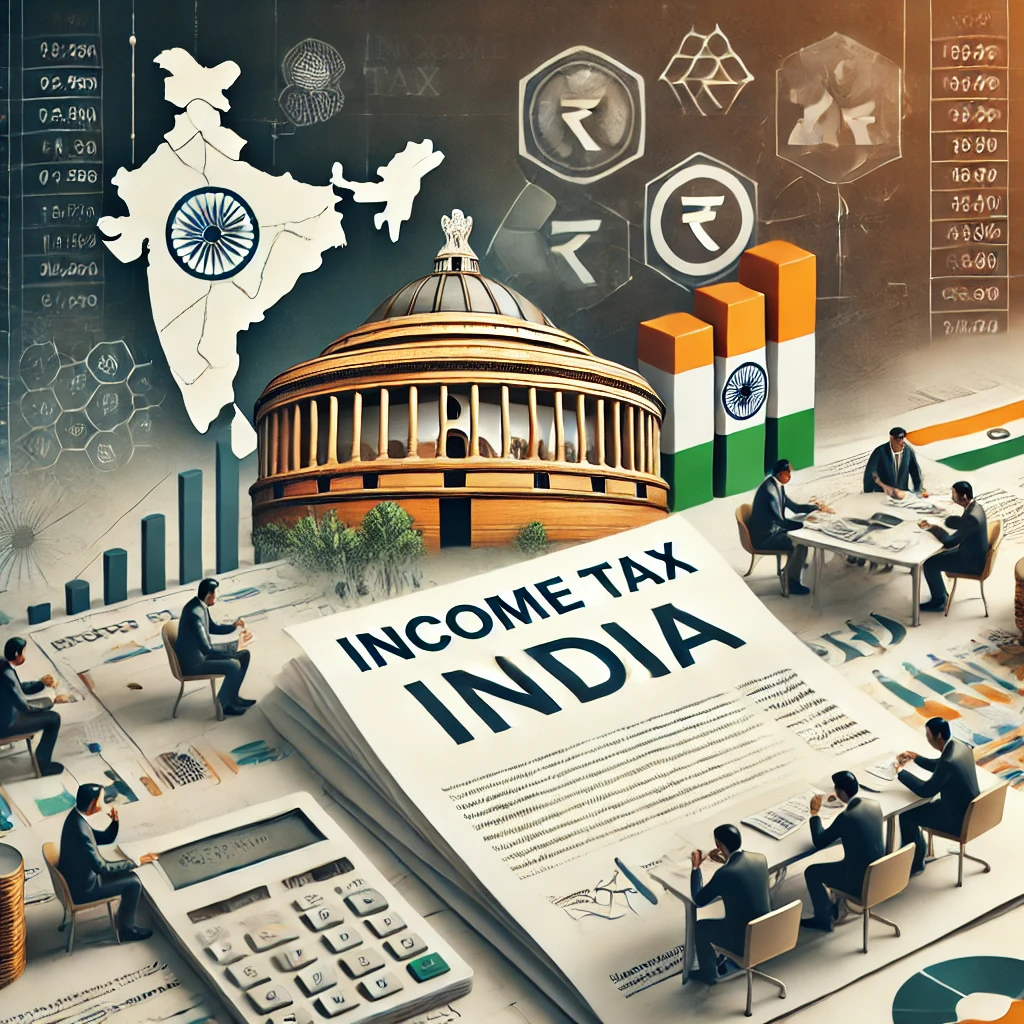With the start of the new financial year (FY 2025-26) on April 1, 2025, the revised income tax slabs under the new tax regime come into effect. One of the biggest highlights is that individual taxpayers earning up to ₹12 lakh annually will not have to pay any income tax. However, certain deductions such as the standard deduction of ₹75,000 and 14% employer contributions to the National Pension System (NPS) may impact the net taxable income.
For taxpayers wondering how their tax liability will be calculated under the new income tax regime, here’s a comprehensive breakdown of the latest tax slabs, deductions, and an example of tax computation for an individual earning ₹21 lakh annually.
Revised Income Tax Slabs for FY 2025-26
Under the new income tax regime, once an individual’s net taxable income exceeds ₹12 lakh, tax rates will apply to the entire taxable income as per the following structure:
| Income Range (₹) | Tax Rate (%) |
|---|---|
| 0 – 4,00,000 | 0 |
| 4,00,001 – 8,00,000 | 5 |
| 8,00,001 – 12,00,000 | 10 |
| 12,00,001 – 16,00,000 | 15 |
| 16,00,001 – 20,00,000 | 20 |
| 20,00,001 – 24,00,000 | 25 |
| 24,00,001 and above | 30 |
These revised tax slabs were announced in the Union Budget 2025 by Finance Minister Nirmala Sitharaman. They aim to simplify the tax structure and provide relief to middle-income earners by ensuring zero tax liability on incomes up to ₹12 lakh.
Example: Income Tax Calculation for ₹21 Lakh Annual Income
To understand how taxation works under the new regime, let’s consider a scenario where an individual earns ₹21 lakh annually from salary, bank interest, and equity dividends (excluding capital gains, which are taxed separately).
Step 1: Determine Net Taxable Income
The net taxable income is calculated after deducting allowable exemptions, such as:
- Standard deduction of ₹75,000
- Employer’s NPS contribution of ₹1,50,000
| Particulars | Amount (₹) |
|---|---|
| Gross Taxable Income | 21,00,000 |
| Less: Standard Deduction | -75,000 |
| Less: Employer’s NPS Contribution | -1,50,000 |
| Net Taxable Income | 18,75,000 |
Now, we apply the tax rates to this taxable income.
Step 2: Tax Computation Based on New Slabs
Here’s how the income tax is calculated on the net taxable income of ₹18.75 lakh:
| Income Bracket (₹) | Tax Rate (%) | Taxable Amount (₹) | Tax Payable (₹) |
|---|---|---|---|
| 0 – 4,00,000 | 0 | 4,00,000 | 0 |
| 4,00,001 – 8,00,000 | 5 | 4,00,000 | 20,000 |
| 8,00,001 – 12,00,000 | 10 | 4,00,000 | 40,000 |
| 12,00,001 – 16,00,000 | 15 | 4,00,000 | 60,000 |
| 16,00,001 – 20,00,000 | 20 | 2,75,000 | 55,000 |
Step 3: Compute Total Tax Liability
- Total Tax Amount: ₹1,75,000
- 4% Health & Education Cess: ₹7,000
- Final Tax Payable: ₹1,82,000
Thus, an individual with a gross income of ₹21 lakh under the new tax regime will have to pay ₹1.82 lakh as income tax for FY 2025-26.
Key Takeaways from the Revised Tax Structure
- No tax on income up to ₹12 lakh: Taxpayers earning within this limit will not have any tax liability.
- Deductions are limited: The new tax regime does not allow deductions for investments like 80C (PPF, ELSS, LIC, etc.), home loan interest (80EE), or HRA. However, standard deduction and employer’s NPS contribution remain applicable.
- Progressive tax system: Tax rates increase as income rises. The highest 30% tax rate applies only to incomes above ₹24 lakh.
- Relief for middle-income taxpayers: With zero tax up to ₹12 lakh and lower slabs for higher brackets, many middle-class taxpayers will see reduced tax burdens.
- No separate slab for senior citizens: Unlike the old tax regime, senior citizens do not get additional exemptions under the new tax structure.
Who Should Opt for the New Tax Regime?
The new tax regime is ideal for:
- Salaried professionals who do not have multiple tax-saving investments.
- Individuals earning less than ₹12 lakh annually, as they will pay zero tax.
- People looking for a simpler tax structure without the need to claim deductions.
- Employees with a high employer contribution to NPS, as this deduction remains applicable.
However, those with substantial tax-saving investments (PPF, ELSS, home loans, etc.) may find the old tax regime more beneficial due to its extensive deductions.
The new income tax slabs for FY 2025-26 bring significant changes, offering a tax-free income up to ₹12 lakh while maintaining progressive tax rates for higher incomes. The simplified structure aims to make tax filing easier while reducing the burden on middle-income earners.
If you are unsure whether to continue with the old regime or shift to the new tax regime, it is advisable to calculate your taxable income under both and opt for the one that minimizes your liability.
As India enters the new financial year, taxpayers must stay informed about these changes and plan their finances accordingly to maximize their savings and minimize tax payments.




